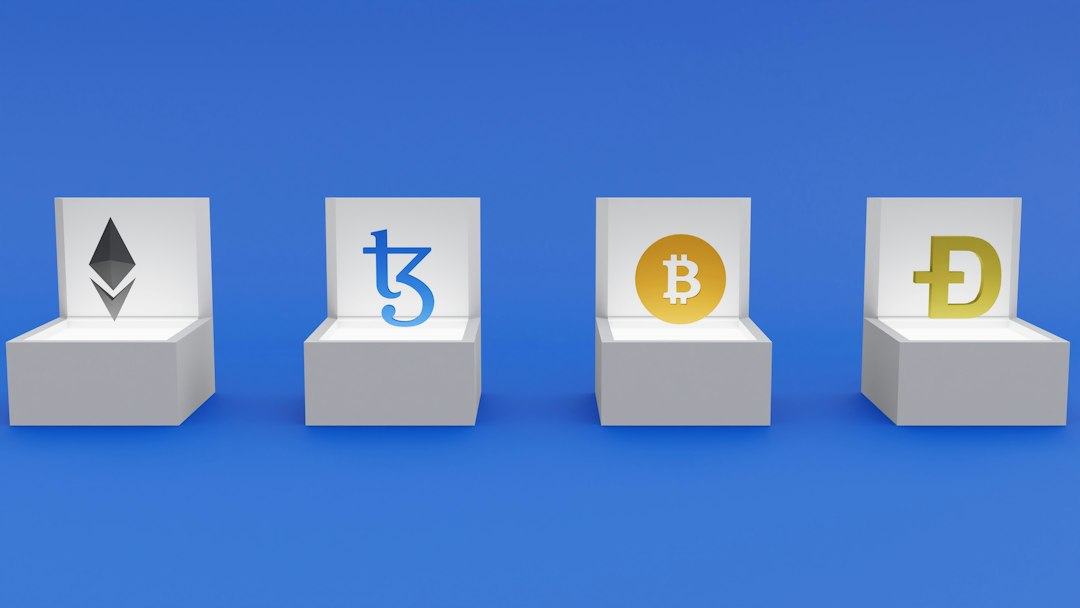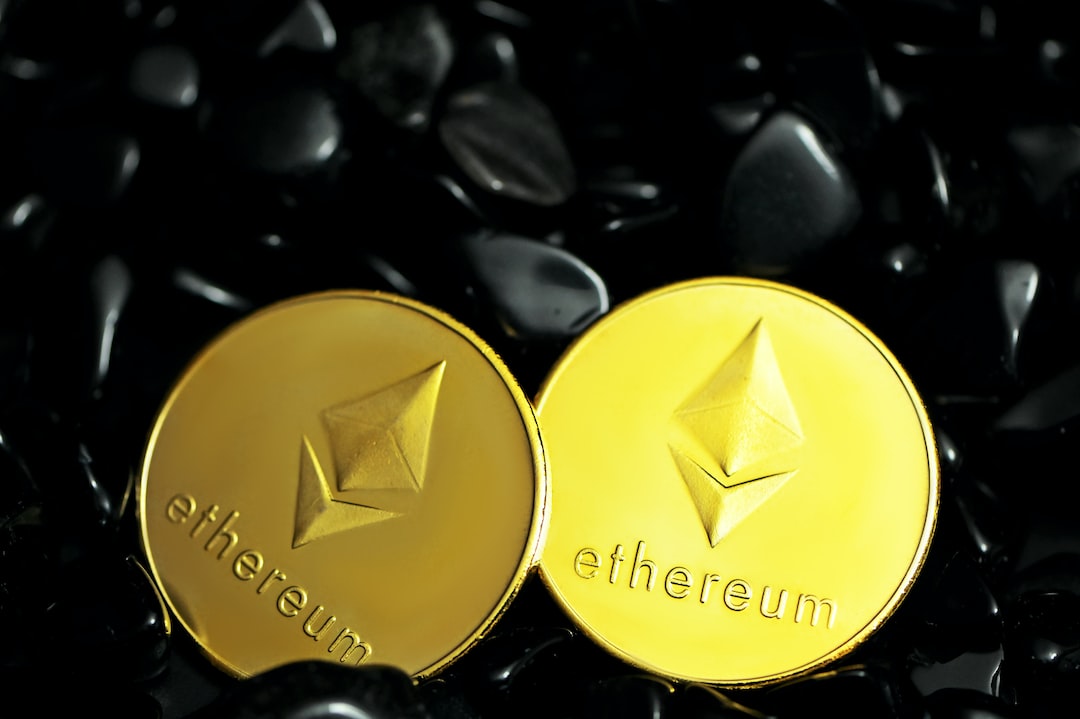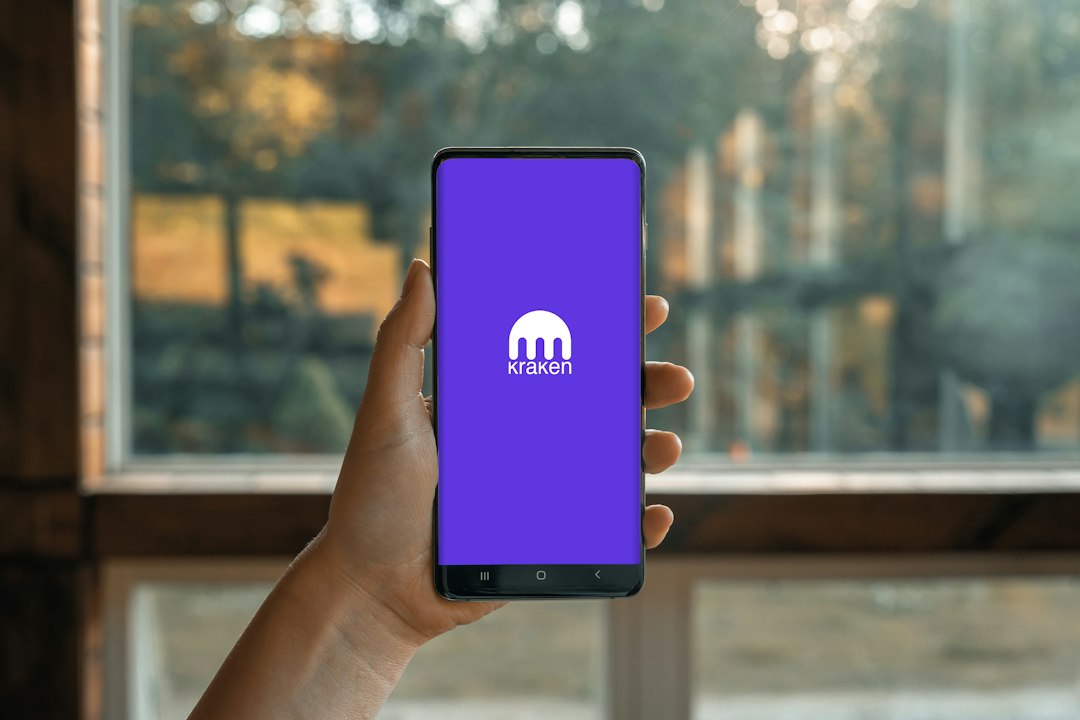The Evolution of the Crypto Industry
The crypto industry has made significant progress since the ICO bubble of 2017. Back then, there were two schools of thought: digital currencies were either the next big thing or an outright scam. However, with a global market value of $1.5 trillion, it’s clear that crypto is already a big player. The entry of institutional heavy hitters into the Web3 space has also silenced those who claimed it was a scam.
The Tokenization of Real-World Assets
One of the most discussed topics in crypto is the tokenization of real-world assets (RWAs). This concept involves adding traditional investments like property, art, gold, and more to the blockchain. By doing so, these tangible goods can enjoy benefits such as fast settlement, cross-border simplicity, transparency, and security.
Advancements in Bringing RWAs to Blockchain
The idea of tokenizing RWAs has been around since 2017. However, the industry has made significant progress since then. The rise in BTC’s price and the adoption of crypto by major players like Tesla and MicroStrategy have contributed to this advancement. Additionally, the emergence of decentralized finance (DeFi) has expanded the use cases for digital assets and attracted more investor capital.
Decentralized networks like Centrifuge and Ondo Finance are already enabling the tokenization of assets such as royalties, invoices, real estate bridge loans, and more. Tokenized RWAs present a new opportunity for yield in DeFi, allowing holders of various assets to leverage their liquidity and earn a return.
The Benefits of Tokenizing Tangible Assets
The tokenization of RWAs would bring stability and credibility to DeFi by introducing established asset classes to the industry. It would also attract billions of dollars worth of crypto liquidity into RWAs. Tokenizing assets into fractional ownership would make them more accessible to investors who may not be able to afford the full price of an asset. This could include properties, supercars, yachts, and more.
The Role of Financial Institutions
Leading financial institutions like BlackRock and Standard Chartered are already exploring the tokenization of precious metals, property, and private markets. Private protocols and networks are expected to absorb RWAs, as public protocols may face challenges with jurisdictional laws and regulations.
The Path to Success for RWAs in Web3
In order for real-world assets to become a meaningful economic driver in Web3, current implementations of tokenized RWAs need to prove successful. Major players like JP Morgan and HSBC have already launched their own platforms for tokenizing collateral assets and precious metals, respectively. The industry is also seeing growing institutional interest from companies like Fidelity, Santander, and BlackRock.
Hot Take: The Future of Tokenized RWAs
The tokenization of real-world assets is gaining traction at a rapid rate. With institutional interest and investor demand for yield, it’s likely that the market for on-chain RWAs will continue to grow. Boston Consulting Group even predicts that the on-chain RWA market could reach $16 trillion by 2030.





 By
By
 By
By
 By
By
 By
By
 By
By
 By
By